The HUDA project develops technology solutions and method know-how for the sustainable management of waste logistics and runoff water flow. In accordance with Kainuu’s smart specialisation strategy, both development targets promote the sustainable development of key industries and the transition to a circular economy. They also contribute to the sustainable development of built urban and municipal infrastructure.
IMPROVING THE MANAGEMENT OF WASTE FLOWS
According to research, 90% of waste containers are emptied at a non-optimal time. As a result, unnecessary fuel consumption and CO2 emissions caused by logistics are significant.
The project identifies and evaluates the possibilities of improving the efficiency of waste management and the transportation of waste materials, as well as the possibility of reforming the operating methods of the industry. The project explores the possibilities of combining various machine vision applications, sensors and access control with, for example, sites with no supervision as of yet – such as regional collection points.
The sensor technology produces information for municipal operators on the filling rate of waste containers at public sites. With the help of the filling rate, operators can optimise the emptying intervals of containers. The project will also investigate the suitability and boundary conditions of different collection containers and presses for different waste fractions.
The indirect goal of the project is to digitalise the main waste infrastructure of the entire Kainuu area.
RUNOFF WATER MANAGEMENT AND RISK MINIMISATION
The climate is changing, and with it, extreme weather phenomena are increasing. Heavy rains and floods increase the risks of both damage to built infrastructure and environmental loads on water bodies. On the other hand, potentially increasing dry spells increase susceptibility to erosion, leading to greater damage in cases of rain and flooding that come after a dry spell.
Based on several data sources, the project produces estimates of flood risk sites and risk management methods caused by heavy rainfall and produces better forecasting and planning material to minimise risks.
In terms of qualitative load, microplastics and the chemical components they carry, for example, are a load factor that is not yet under control. Runoff water is the most significant transport route for microplastics.
It is assumed that the management of microplastics will be included in EU-level environmental regulations in the near future. For example, tyre wear in vehicle traffic is a significant source of microplastics. It is therefore essential to be able to understand the migration of microplastics on a systemic level and to find solutions for managing the source and migration of microplastics.
The project will implement a pilot to study the quality of runoff water from several measuring points in the Kajaani and Sotkamo areas. The pilot will study meltwater from snow dumps and, on a small scale, also the significance of the initial burst of rain on water quality.
The water quality research will be carried out using the microplastics detection equipment developed by the Measurement Technology Unit of the University of Oulu and in the circular economy laboratory of Kajaani University of Applied Sciences. Reference samples will also be sent to a commercial laboratory.
In addition to water quality research, the project will also examine the suitability of different filtration materials as passive filters in runoff water filtration. Various bioabsorbents will be tested as filtration materials in cooperation with the circular economy laboratory of Kajaani University of Applied Sciences.
Underlying the project is expertise in smart measurement solutions and data management, which will be applied to a new target area in a new way. The project aims to reduce the ecological footprint of industrial processes, minimise energy consumption, improve the quality and traceability of measurement data, and reduce water and air emissions.
The purpose of the HUDA project is to accelerate these two subareas of sustainable industry and urban development so that future actions can be scaled to suit multiple targets and needs.


